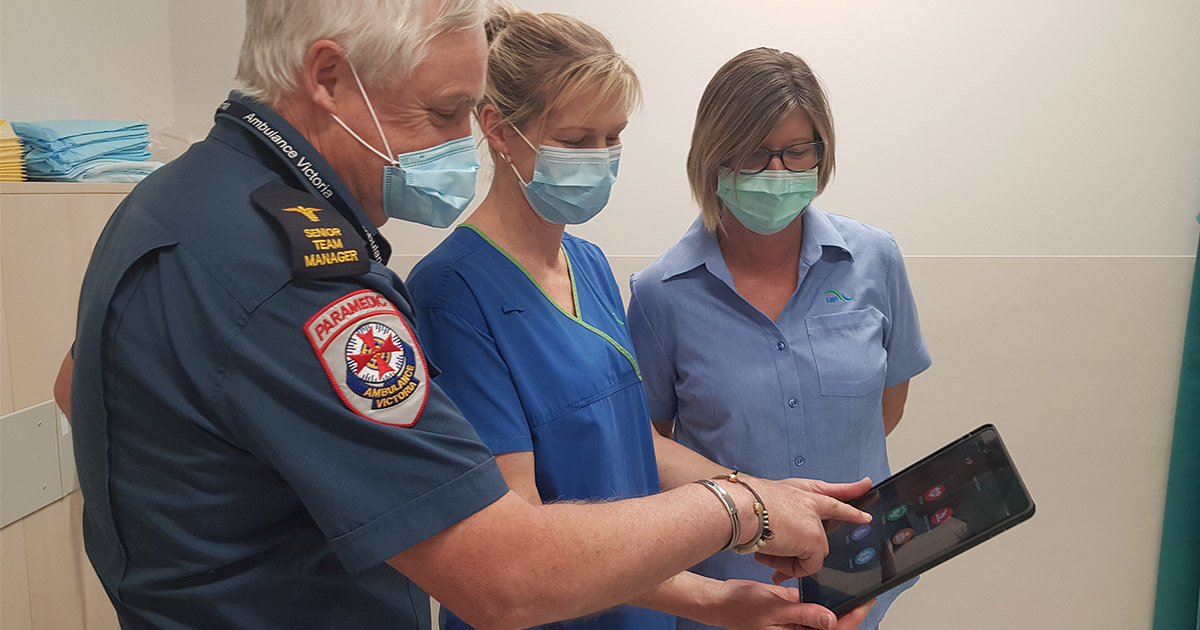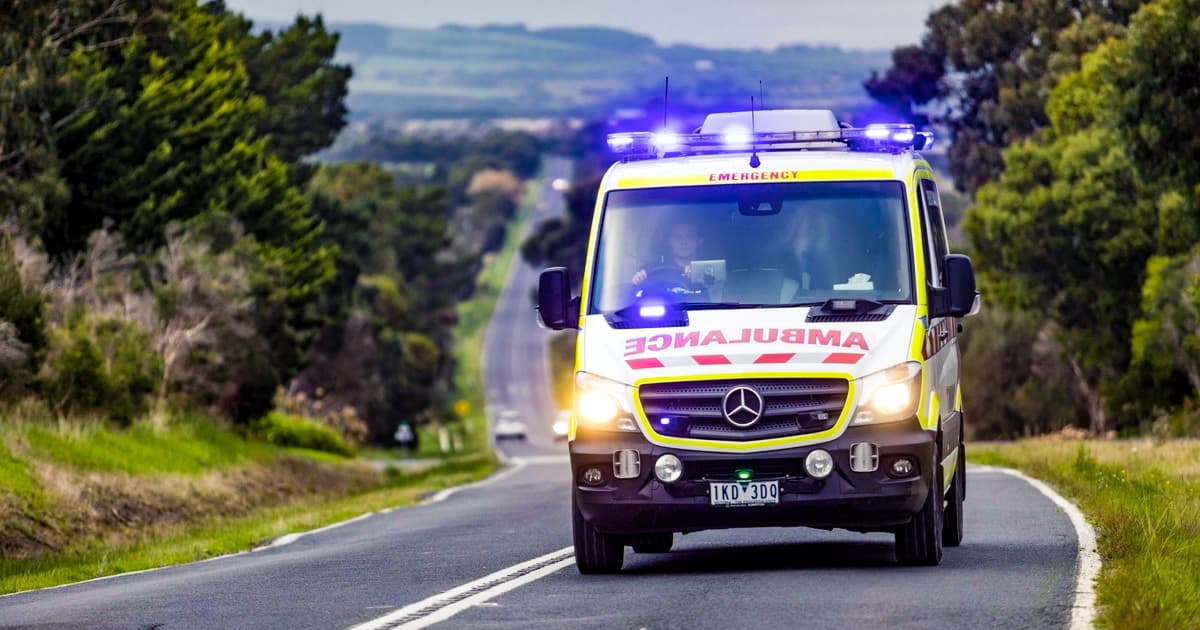1 min read
New Australian Study Evaluates Pulsara Implementation Process
Communication among interdisciplinary care teams is a necessity in delivering excellent patient care. Though mobile technology has become more common in various branches of healthcare communication,...




